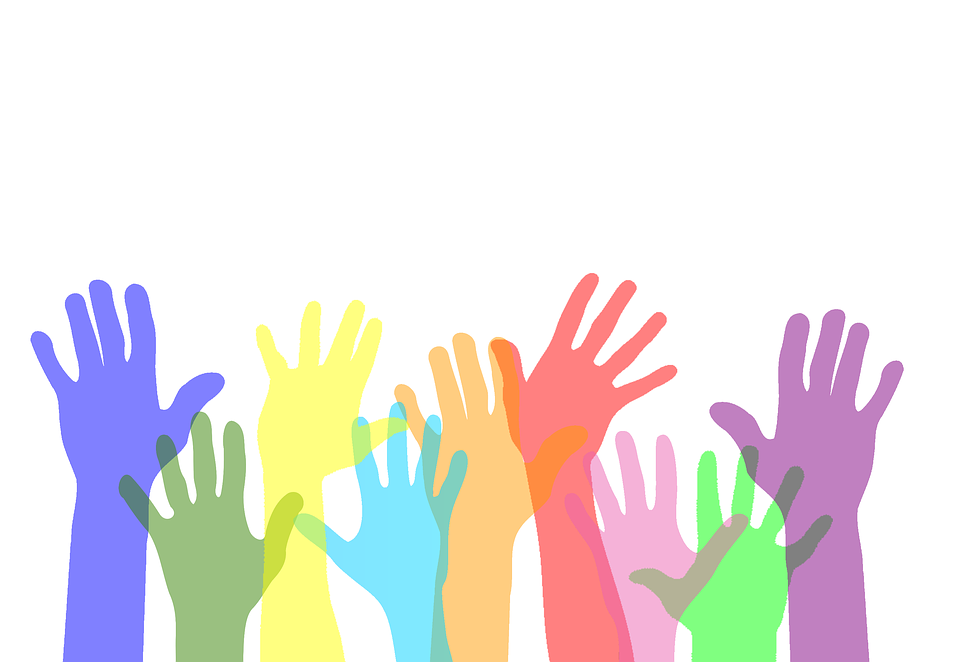
Although Americans have faced waves of social, technological and economic disruption over the last few decades, a new study indicates that their perceptions of available social support have remained steady and, in some cases, may even be strengthening.
In a study that examined data that spans nearly two decades, survey respondents reported that their access to help from friends and family — a key measure of social support — has increased slightly over time, said Ashton Verdery, assistant professor of sociology, demography and social data analytics at Penn State and an affiliate of the Institute for CyberScience. He added that some previous studies had painted a bleak picture of the future of social ties in the country, predicting a dramatic loss of community.
“There have been huge changes in society over time that would make us expect some sort of change, but one of the surprising things is that despite the rise of the internet, despite the decline in labor unions, and despite the number of social institutions that are waning, there is so little change,” said Verdery. “It’s also not crazy to think that family breakups, the rise of divorce, and new compositions of families would lead to massive changes, but the results in our paper — and other researchers’ work — don’t show that.”
The researchers found that in 1993 about 42 percent of respondents in a survey reported that they could rely on their family for help. In 2011, that number had increased to 46 percent. About 26 percent of respondents reported in 1993 that they could rely on friends for all needed assistance, which increased to 34 percent in 2011.
While the national support trends are relatively stable, the situation for some minority groups in the country may be improving slightly, added Verdery, who worked with Colin Campbell, assistant professor of sociology at East Carolina University.
"As minority groups, who have traditionally reported lower levels of access to social support, are growing in our society, you would expect that support, then, would probably be declining, because groups that have lower support are getting to be a bigger share of the population,” said Verdery. “But what we found is that, not only are those groups growing, but support levels in those groups are growing pretty dramatically in some ways, which is even more counter to the national narrative.”
Overall, non-Hispanic white Americans, non-Hispanic black Americans, and Hispanic Americans have relatively the same access to help from family, although white Americans tend to have the highest level of support from friends.
The researchers, who reported their findings in a recent issue of Social Forces, also found differences in how education may impact social support. For example, although both college and high school graduates report greater access to social support through family than friends, college graduates had lower levels of access to social support from family compared to people who just have a high school education. However, college graduates have more access to social support from friends than high school grads. Verdery suggests that the economic mobility of college graduates might mean they travel away from family.
The researchers said that prior studies that predicted a loss of community queried the participant about whom they could rely on for advice. This may have been too narrow of a focus.
“Some of the earlier studies that have looked at this phenomenon used one indicator, not all the indicators,” said Verdery. “What we looked at was not just who you go for advice, but who could you could go to for other forms of help, which hasn't been looked at before.”
He said that the two different approaches should be considered in interpreting the results.
“One caveat that I would give, whereas some of the prior literature is focused on numbers of people who could offer support, we focus on perceptions of the amount of support people can access, which is a different question,” said Verdery. “The former is based on who you actually did go to, this is based on who you think you could go to.”
The researchers used data from a cross-sectional U.S. Census Bureau survey called the Survey of Income and Program Participation, or SIPP. The survey is considered representative of civilian, non-institutionalized population of Americans. The data is collected from a series of panels who are surveyed roughly every four months for four years. For this study, researchers analyzed the participants’ sense of social support in 1993, 1995, 1998, 2003, 2005 and 2011, which are the only years the questions about social support were asked.
Future research should focus on both the pace and possible future trajectories of social support in the country, according to the researchers.